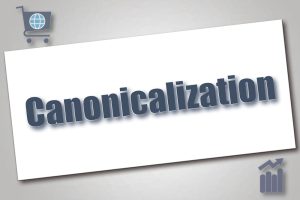Content marketing is no longer one of those optional things. A company that hopes to compete online needs to market online. And one of the best ways to do that is with content. Whether a company manages things in-house or pays for professional content marketing services, one thing is clear: quality content wins the day.
At Webtek Digital Marketing in Salt Lake City, UT, they have an entire team devoted to content marketing services. Likewise for their sister office in Austin, TX. As they see it, content marketing rests on six key components:
1. Strategic Development
Successful content marketing services start with strategic development. Content experts analyze a client’s goals, audience, and marketing strategies. They look at what competitors are doing to reach the same audience. They figure out what works and then come up with a strategic plan to implement it.
Strategic development is so important because it lays the foundation for everything that follows. Without a sound strategy to work with, content marketing ends up being little more than a fishing expedition.
2. Creation
The second key component is content creation. This is where creators sit down and produce blog posts, press releases, white papers, case studies, infographics, videos, etc. It should be obvious from this list that content marketing is not limited exclusively to blog posts. Any form of content on a website can be leveraged for marketing purposes.
The important thing to remember about content creation is that it needs to focus on two things: audience and searchability. Content should be created for people first and search algorithms second. But content creators still need to understand the search paradigm.
3. Optimization
Content creation is a two-step process. The first step is more or less raw production. The second step involves optimizing the content to make it SEO-friendly, mobile friendly, visually appealing, and relevant to consumers. Optimized content scores well on organic searches and provides consumers with something they can actually use.
4. Distribution
The channels through which content is distributed affect its marketing potential. In most cases, content begins its useful life on a company’s website. But it doesn’t have to stay there. Content marketing services tend to urge their clients to distribute content through other websites, social media channels, paid distribution services, and other options. The hard part is determining which distribution channels are best for each piece of content.
5. Promotion
Once content is optimized and distributed, it’s time to promote it. Content is easily promoted on social media – and for free to boot! Content can also be promoted by way of online influencers. And of course, paid advertising is also on the table.
Why promote content? Because maximizing its marketing potential requires getting into the hands of as many people as possible, within your target audience. More exposure increases marketing impact. Promotion equals more exposure.
6. Tracking and Reporting
The last key component of successful content marketing is tracking and reporting. Both are necessary because not every piece of content hits the same way. Some pieces will be more productive than others. Tracking and reporting is a way of quantifying what works and what does not. Things that work can be further developed while things that do not can either be modified or scrapped.
Agencies offering content creation services do more than just write blog posts. At least they should. If you have hired an agency that you don’t feel is engaging with all six components of content marketing, it might be time to find a new service provider. Content marketing is worthless if it is not done the right way.





